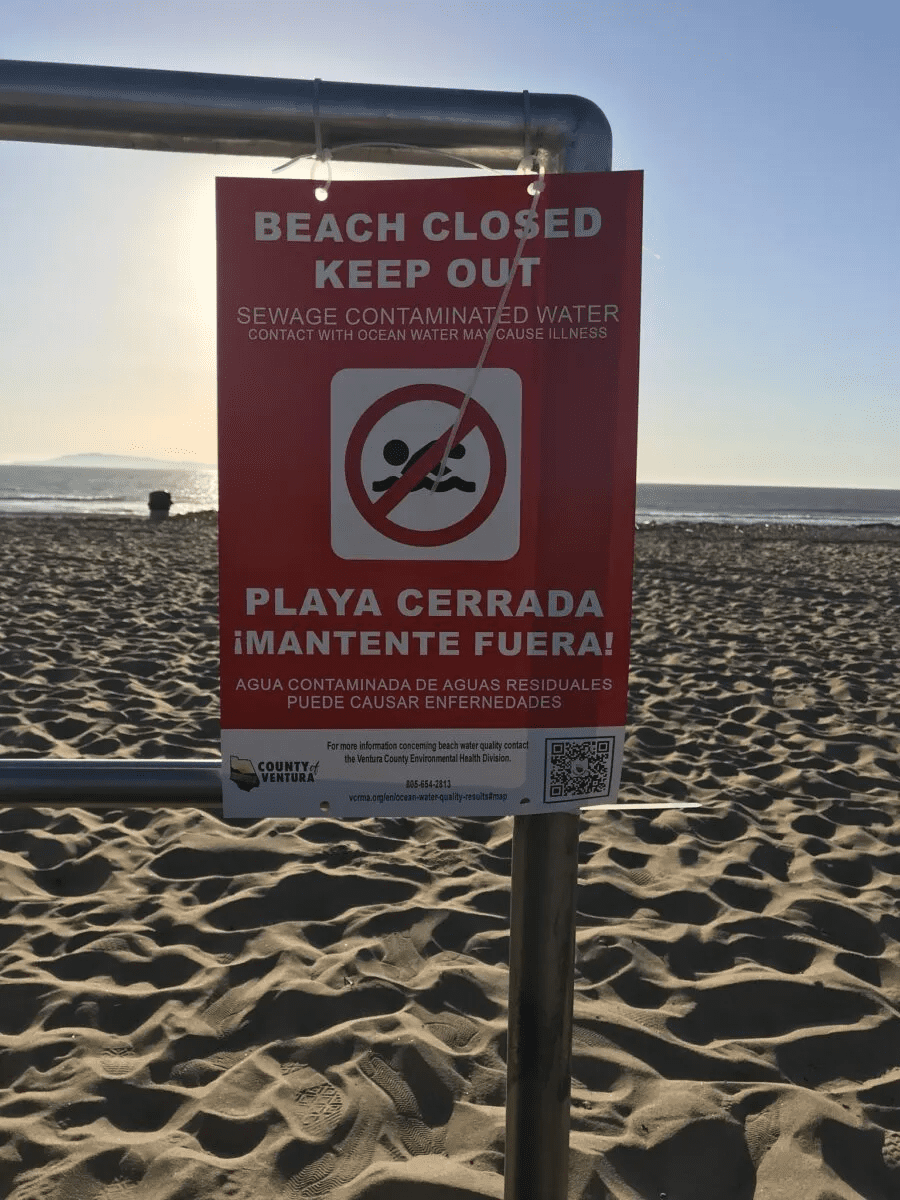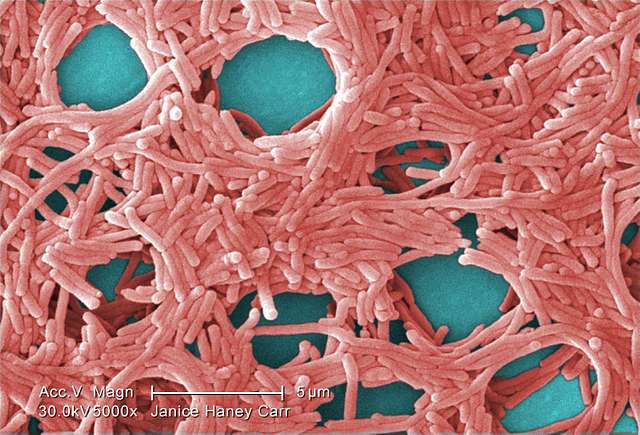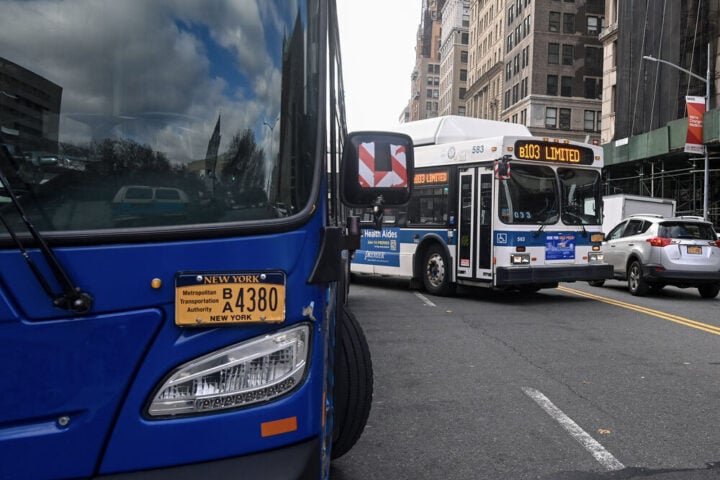Seven miles of California beaches will stay closed until next week because of a massive sewage spillage on Thursday. The spill occurred when a blockage caused the sewer main line to overflow, according to the Long Beach Department of Health and Human Services.
There was a malfunction in equipment used by sanitation maintenance crews that caused the sewage spill on Thursday morning. The spill initially occurred in Downey, a city situated 15 miles from Long Beach.
However, the spill somehow managed to reach the Los Angeles River. Water from the Los Angeles River connects to the Pacific Ocean in Long Beach, meaning pollution upriver can impact the city’s coastal waters.
The spill was “rather large” and beaches will likely be closed until at least Wednesday next week, said Jennifer Rice Epstein, a spokesperson for the Long Beach Department of Health and Human Services. Long Beach City Health Officer Dr. Anissa Davis made the call to close all coastal swimming areas in Long Beach due to the sewage spill.
Sewage also overflowed into the streets, according to the agency. Once the department gets two consecutive clean samples, beaches will reopen. The company had a maintenance crew cleaning a sewer in Downey, about 13 miles southeast of Los Angeles when the spill occurred.
The malfunctioning of equipment that was being used to clean the sewer created a plug, which caused the sewage spill. The sewage that spilled traveled through openings in the curb, leading to underground storm drain pipes, which usually lead to rivers.
The organization is offering free car washes to residents who had to drive through the spill or whose cars were parked in the area. The city cited a state law that requires temporary closures until the water quality meets state requirements. Health authorities with the city of Long Beach are “currently monitoring water quality” on the beaches.
- Texas Measles Outbreak Hits 597 Cases With 2 Child Deaths, 62 Hospitalized, CDC Steps In
- Queens Bus Redesign Cuts 5 Routes, Adds 16 New Lines, and Impacts 800,000 Riders Starting June 29
- Google DolphinGemma AI Uses 400M Parameters To Analyze Dolphin Sounds On Pixel 9
- Gen Z And Millennials Prioritize Mental Health Over Pay As 50% Say They’d Take A Cut For Well-Being Benefits
- Asda Pork Belly Slices Recalled Over Undeclared Milk And Sulphites After Meatball Mix-Up

















